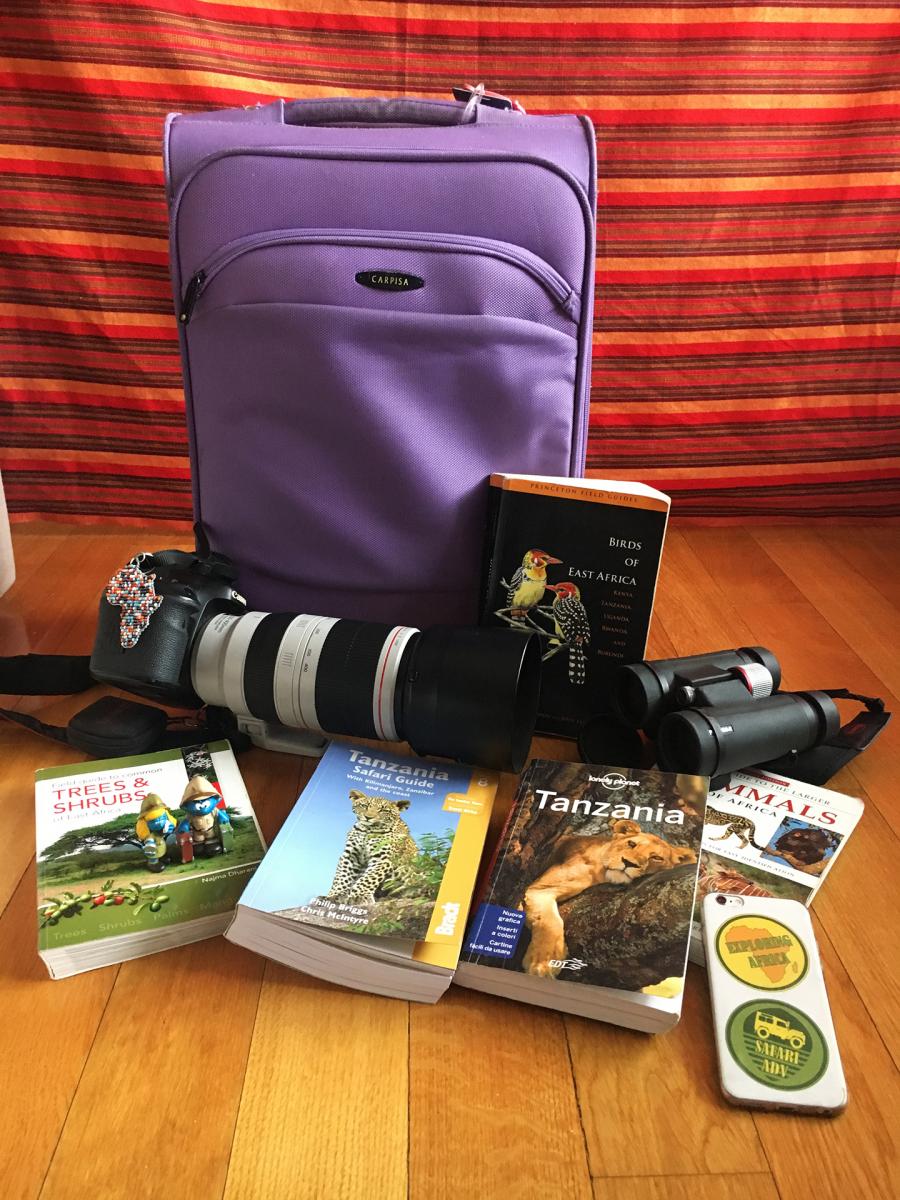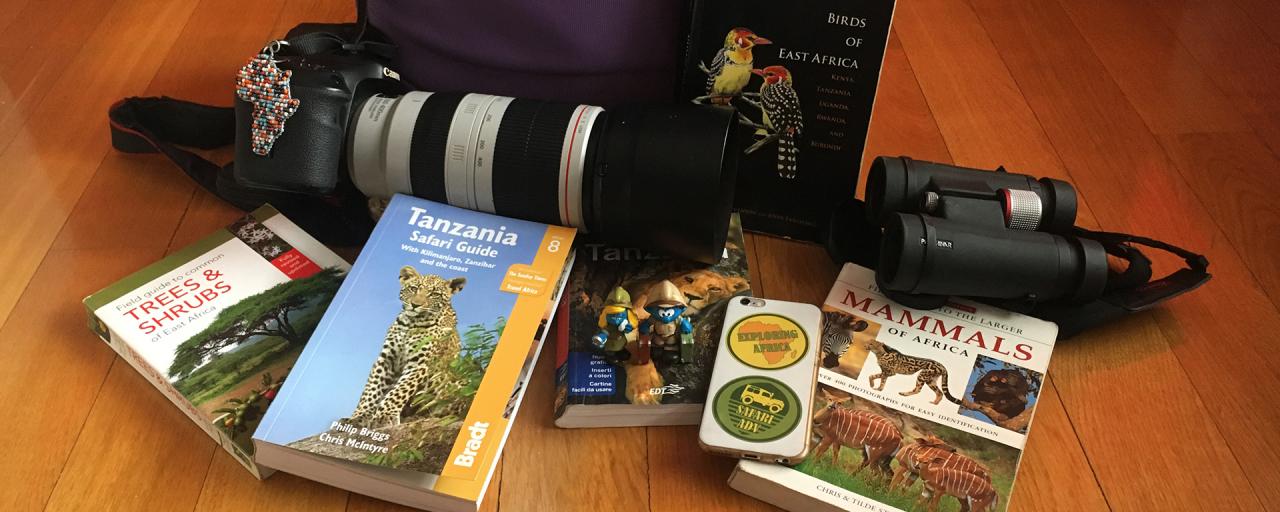Submitted by SafariADV on Mon, 2018-02-12
After months spent planning and, above all, dreaming of this journey, finally the moment has arrived: tomorrow we leave!
Our destination this time is the North of Tanzania, Tanzania is a country that we love so much and that we consider one of the best destinations on the African continent for safaris, given the high concentration of animals.
In this time of the year we are in the green season; in the months from November to mid-December there was the season of small rains, while in April the rainy season will begin; in the months from mid-December to March there could be a few brief downpours, especially during the night, that revive nature even more, and then the sky will return serene.
It is a very nice time to go for a safari because the nature is lush, many trees and bushes are blossoming, there are also many birds because, in addition to the resident species, there are as well the migratory birds, coming from Europe, finally in the South of the Serengeti National Park and in the Ngorongoro Conservation Area, the herds of wildebeests and zebras of the Great Migration are concentrated, a true spectacle of nature.
We will also visit the Tarangire National Park, famous for its elephants and its baobabs, the Manyara Lake National Park, located on the shores of the homonymous lake and the Arusha National Park, that is not far from the city of Arusha.
We will also go to the area of Eyasi Lake, where there are some populations who still live following their ancient traditions, in particular we will go to visit a village of the Datoga and an encampment of the Hadzabe; finally we will cross the lands of the Mbugwe, the Mbulu or Iraqi and the Masai.
We will also visit the town of Mto Wa Mbu, located South of Arusha and close to the Tarangire National Park, the Manyara Lake National Park and not far from the Ngorongoro Crater; in this area there are several rice plantations and above all bananas ones that can be visited, also here live several populations, such as the Masai and the Makonde, the latter are skilled wood sculptors and you can admire their artifacts.
Our suitcases and our cameras have been ready for days and, as we cannot wait to leave.
Obviously our camera bag cannot miss our 100-400 zooms for safari, a 50 mm fixed focus for portraits, our passe-partout lens, the 18-200 mm, that fits a little for all shooting situations, then our 2 reflex bodies, the Go Pro and the video camera; for a total of 13 kg of baggage.
Also we cannot not bring our binoculars, to observe the animals during our safaris, and our books, useful for identifying mammals and birds, where we keep our updated check list of sightings.
Our clothing suitcases instead contain trekking shoes, long and comfortable trousers for the evening and shorts, always comfortable, for the day; t-shirts and tank tops, a sleeveless fleece and a long sleeve fleece; all in soft colors ranging from beige to green or gray.
In some places such as the Tarangire National Park, the Manyara Lake National Park, the Eyasi Lake and Mto Wa Mbu will be hotter because they are at an altitude of 1,000 meters above sea level, while in the Ngorongoro Crater and in the Serengeti National Park it will be colder because they are at higher altitudes; so we have to bring a little of everything and, in some situations, we will dress in layers, we also carry a waterproof poncho and a bathing suit, in our suitcases they never fail in any journey.
We are therefore ready to leave, we cannot wait for tomorrow!



